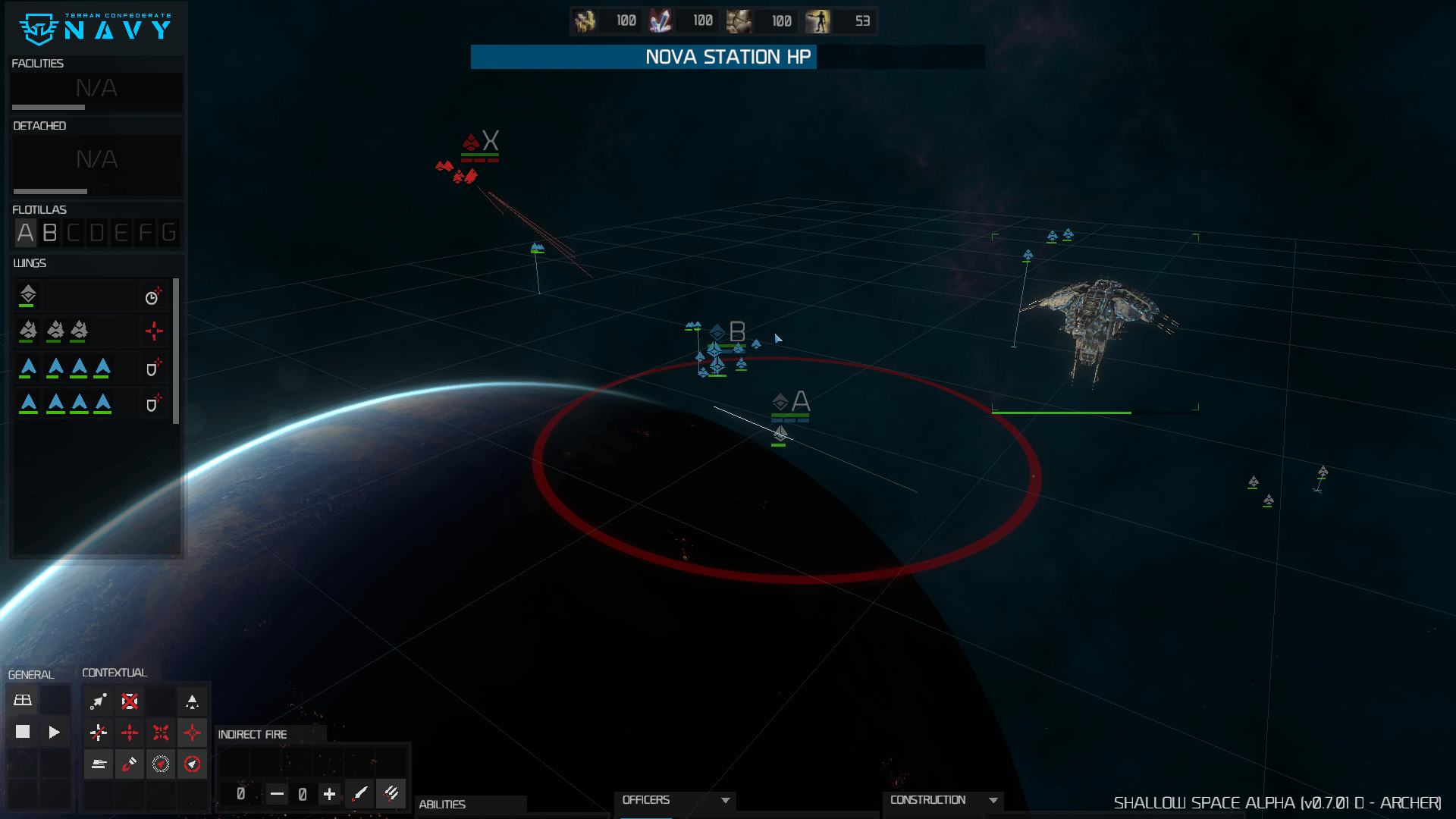



Policymakers in the Bush administration would employ a profoundly indeterminate understanding of sanctuary, drawn from their shallow reading of the Vietnam War and related conflicts, that would shape the origins and course of the Iraq War. The very flexibility of the term permitted policy makers to reach back to previous crises to invoke what they judged had been the lessons that should have been learned, constructing a thread of apparent continuity in American foreign policy thinking conducive to their predilections. The central idea of Innes’s work is that the concept of sanctuary was flexible enough to be useful to multiple generations of policymakers. Like Fall’s study of the conflict in southeast Asia, Streets Without Joy is “not a war history, nor a tragedy, nor an adventure story, but an amalgam of all three.” For his analysis, Innes draws on his personal experiences as an advisor to NATO during the first decade of the 2000s, but he also combines history with political science to trace the concept of sanctuary through the past fifty years. If Fall’s work on sanctuary was subject to misinterpretation or oversimplification, it is unsurprising that Innes determines that at least three subsequent generations of thinkers and practitioners have struggled to understand it as well. According to Innes, Fall’s understanding of sanctuary was both contingent and misunderstood by readers of his work. Fall’s books were read, but not fully understood, by policy makers in the 1960s and were twice rediscovered by the American military in the 1980s and again at the beginning of the occupation of Iraq. Fall was a French resistance fighter turned academic who wrote a study of the last years of the French war effort in Indochina. Innes’ model for his own project is Bernard Fall’s Street Without Joy. Innes traces the concept of sanctuary from the writings of Cold War defense intellectuals who grappled with insurgencies, refugees, terrorism, and nuclear threats through the deployment of the loaded term after the attacks of 9/11. In addition to its specific examination of sanctuary, the book models how a scholar might examine the reexamination of a concept to assist policymakers in formulating and articulating policy in an emerging crisis. Grappling with the challenge of enemies that exploit national borders or hide amongst civilian populations is not only a challenge today, but also one for policy makers and soldiers during the Cold War and in its wake when the United States confronted a variety of threats beyond the reach of its military force. Innes’ Streets Without Joy: A Political History of Sanctuary and War, 1959–2009 is the definitive history of the shifting understandings of the concept of sanctuary in American security thought from the middle of the Cold War through the end of the George W.


 0 kommentar(er)
0 kommentar(er)
